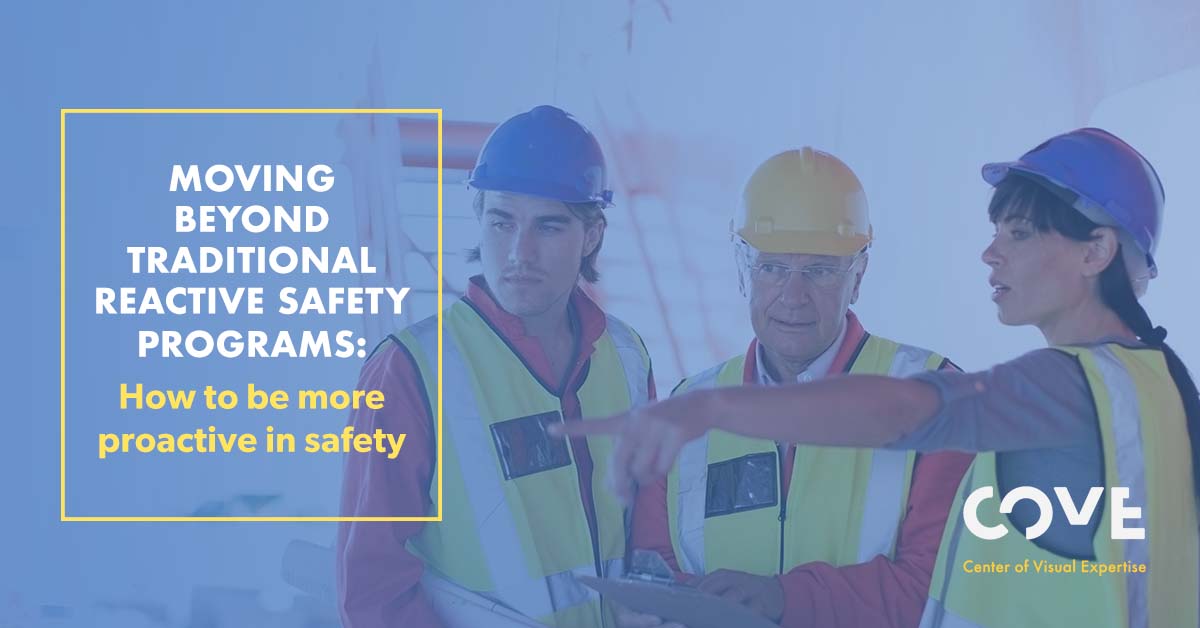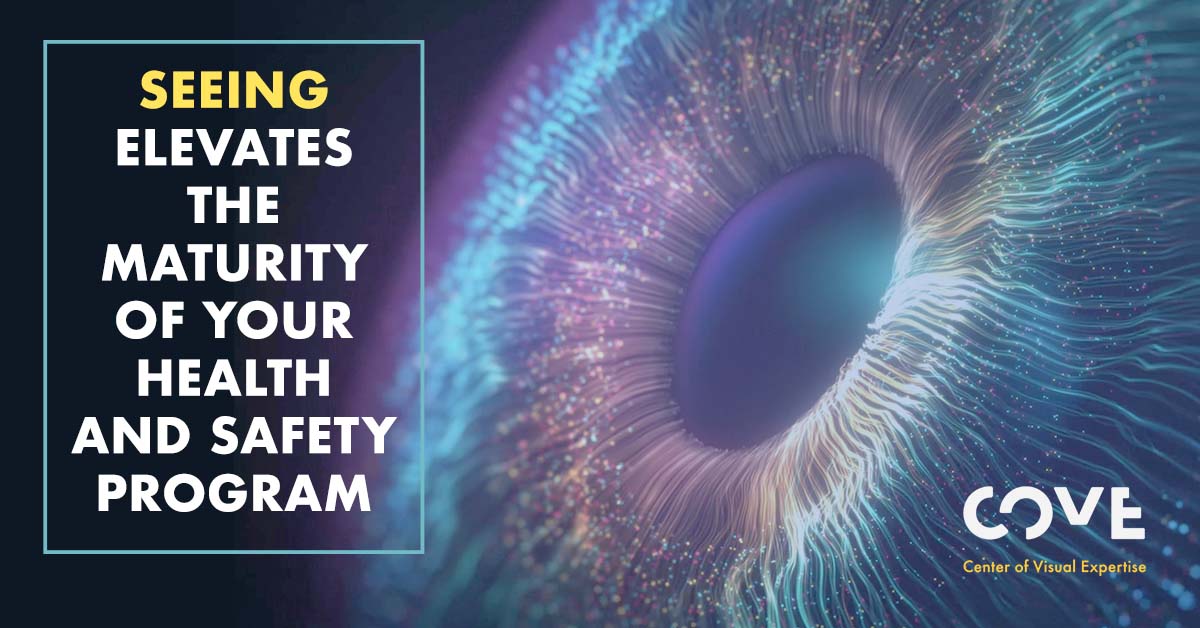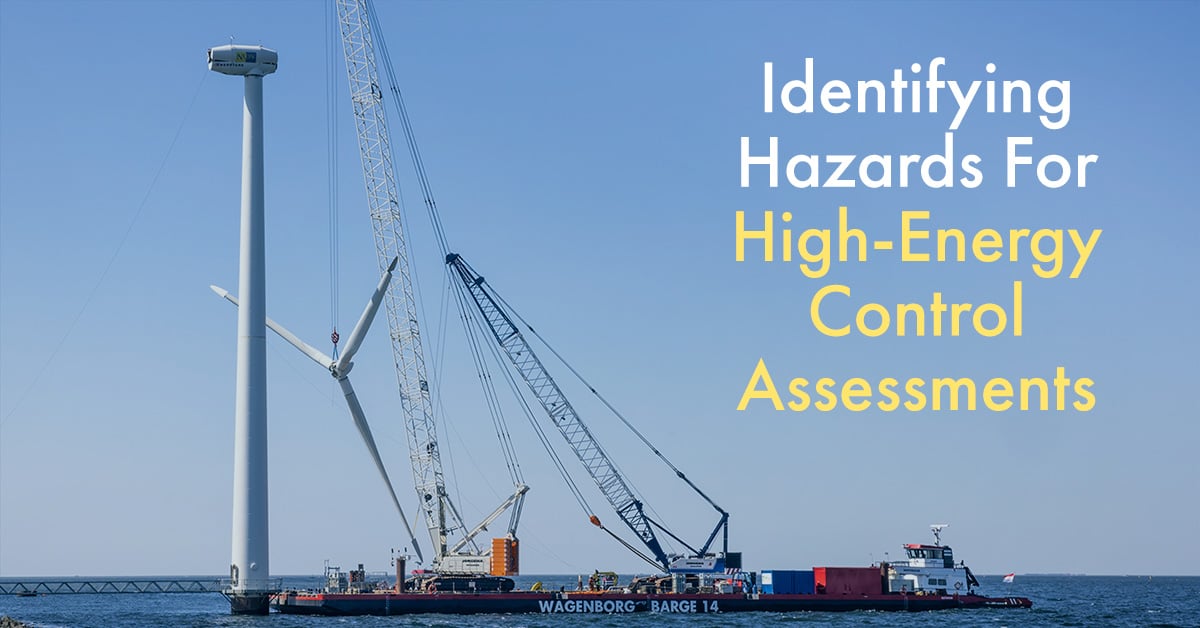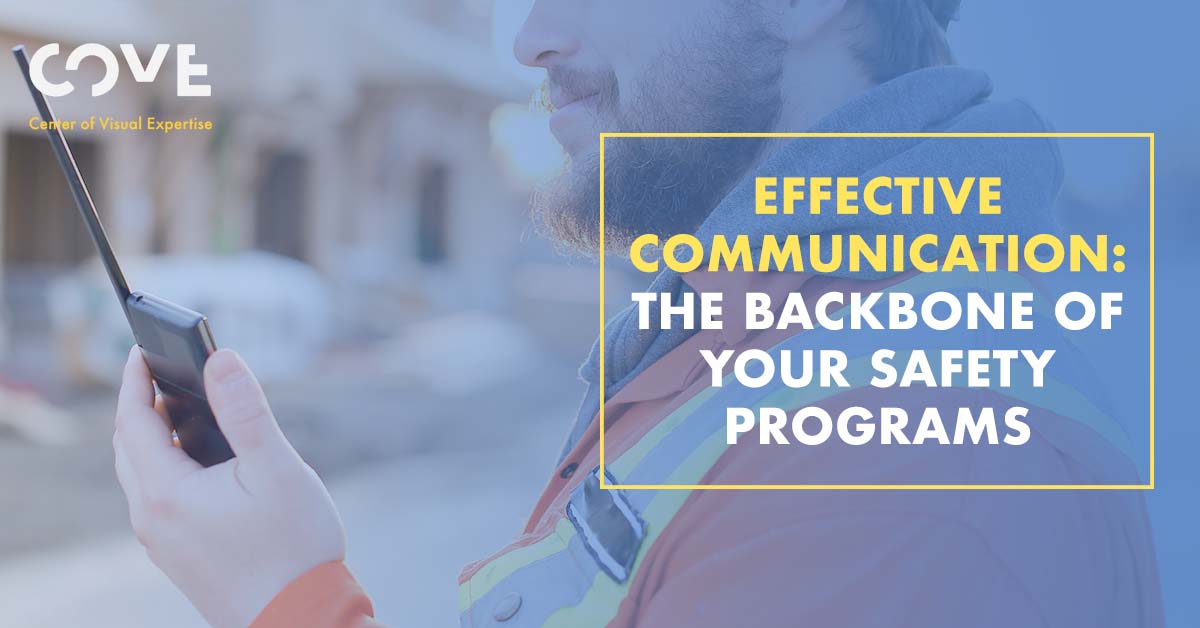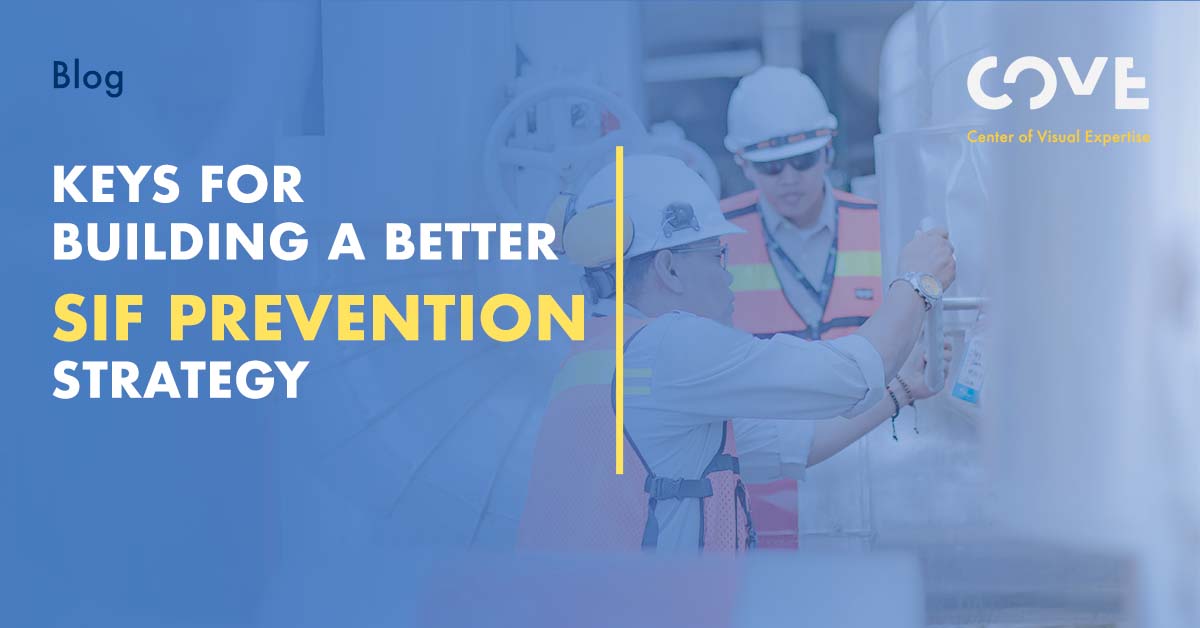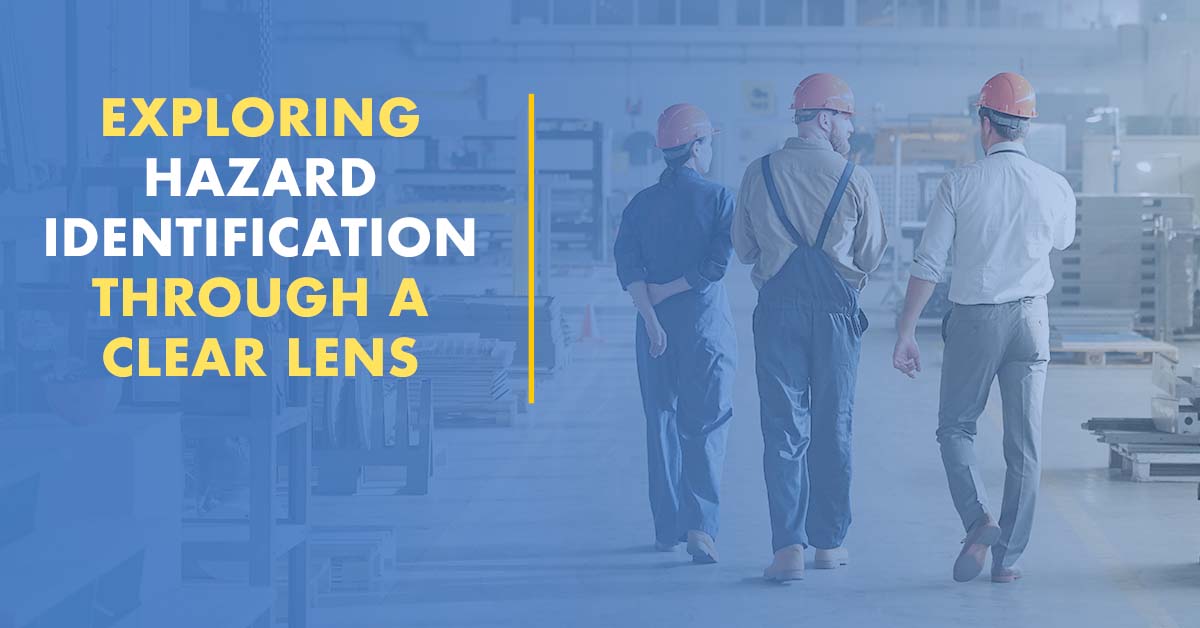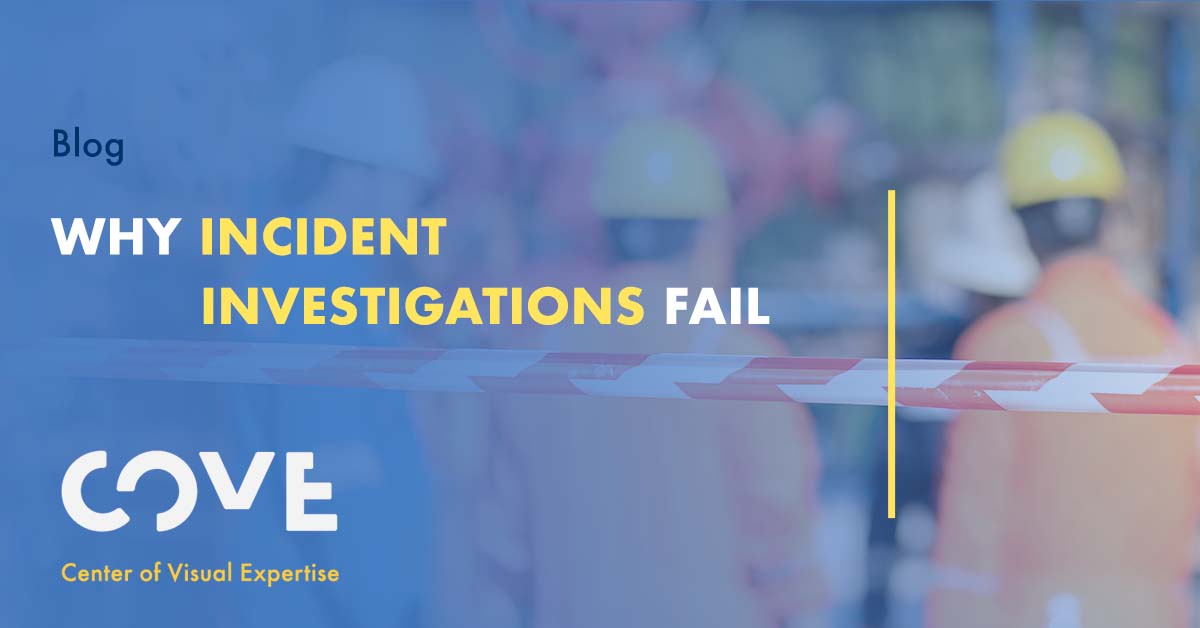By Len Kinor on Apr 20, 2020 12:36:27 PM
Those of you familiar with Visual Literacy understand how it can enable better hazard recognition among our employees. For those of you who are not familiar with Visual Literacy and its benefits, here is a quick summary: Visual Literacy trains people to look for visual cues to more thoroughly explore scenes and environments, enabling us to identify the obvious as well as the subtle hazards.
At COVE, our 2-day workshops have focused on Seeing the Whole PICTURE® and the Elements of Art as two Visual Literacy processes. We have now begun to incorporate core Principles of Design as another tool to help all associates more effectively identify hazards.
Understanding the Principles of Design
In art, the Principles of Design represent how the artist uses the Elements of Art to create an effect and to help convey the artist’s intention. Let’s consider two principles of design:
- Movement is the progression or path that the eye follows.
- Rhythm is created when one or more elements (lines, shapes, color, etc.) of art are used repeatedly to create a feeling of organized movement.
Consider the painting below:

Keifer, Anselm. Athanor. 1983-1984, The Toledo Museum of Art, Toledo, Ohio
How do your eyes move over the painting? Either beginning at the left of the painting or the bottom of the painting, the artist is forcing our eyes toward the oven doors at the center of the piece. He moves our eyes through the repetition of the arches at the left (rhythm) or through the lines at the bottom leading to the center. Either way, he is in control of how we initially view this paining. If you are interested in understanding the themes behind this incredibly powerful painting, please follow this link for a detailed explanation of the piece and select publication entry.
Applying the Principles of Design in Safety
So as a safety professional, you may well be thinking, “How in the world does something like this pertain to my business?” It pertains more than you realize. Often in safety, it is the absence of the Principles of Design that cause red flags to go up. Let’s take a look at a couple of images.
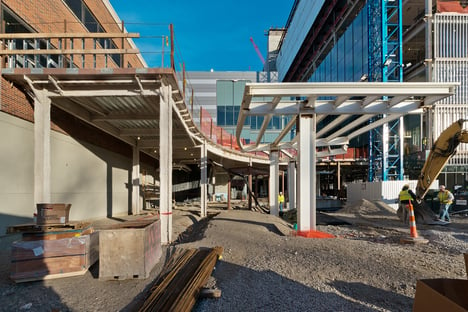
Source: Google Images
Using the same approach as we did with the Keifer painting, how do your eyes move over this photo of a construction site? Similar in our approach to the painting, we begin either at the left and follow the curve line to the center of the photo, or we can begin at the bottom and follow the dirt path and beams to the center. However, we notice a bit of a disruption in the movement—it is not a clear path--at the bottom with the rebars just to the left of the dirt path. While it might not be a hazard, the disruption of the “movement” raises our awareness as a potential hazard.
Remember, Visual Literacy offers us many tools and processes. Looking only at Movement or Rhythm will not reveal all the issues. If we wanted to analyze the photo, we would apply Seeing the Whole PICTURE®, the Elements of Art (lines, shape, etc.) and additional Principles of Design to further identify potential hazards.
Your Turn
So, let’s try this one more time. Consider the image below, and while it may be tempting to begin looking all over the photo for hazards, simply allow your eyes to naturally move through the photo:
- Where did you start and what created the path?
- Was it a smooth path or were their disruptions in the movement?
- How did the movement or disrupted movement enable you to identify different hazards? What were the hazards that you noticed?
Movement is just one of the many Principles of Design we study in our Visual Literacy Workshop. The power of Visual Literacy is that it doesn’t use a checklist or tell employees to look for specific hazards; rather, it offers the application of processes and tools that can be applied in any situation.
We firmly believe at COVE that all accidents can be avoided. We simply need to help people see things more clearly.
We would love to hear from you. Share your thoughts on the movement in the photo, the path your eye took and what disruptions (potential hazards) you noticed. Send us an email at info@covectr.com or post your comments by completing the form below.



